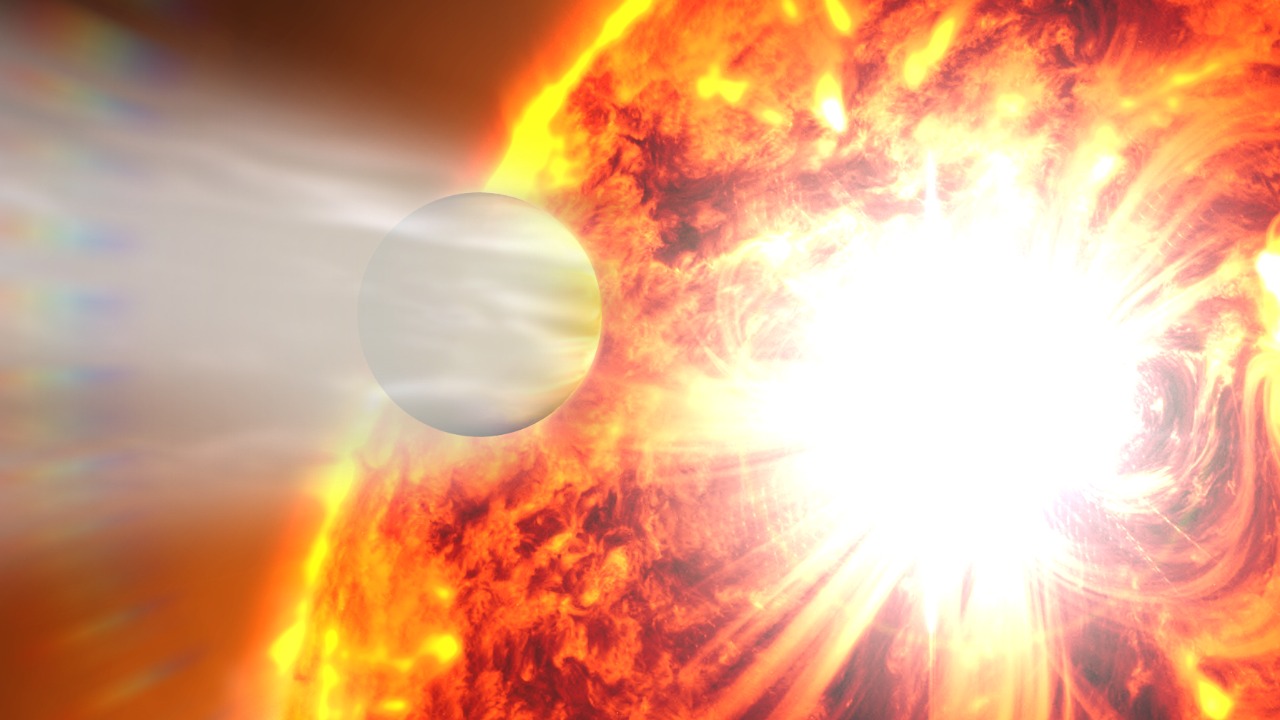
In the vast and varied universe, exoplanets present a range of extraordinary environments. While some may harbor potential for life, many others are harsh and uninhabitable. Here’s a look at ten exoplanets where survival would be nearly impossible due to their extreme conditions.
HD 189733b: The Glass Rain World
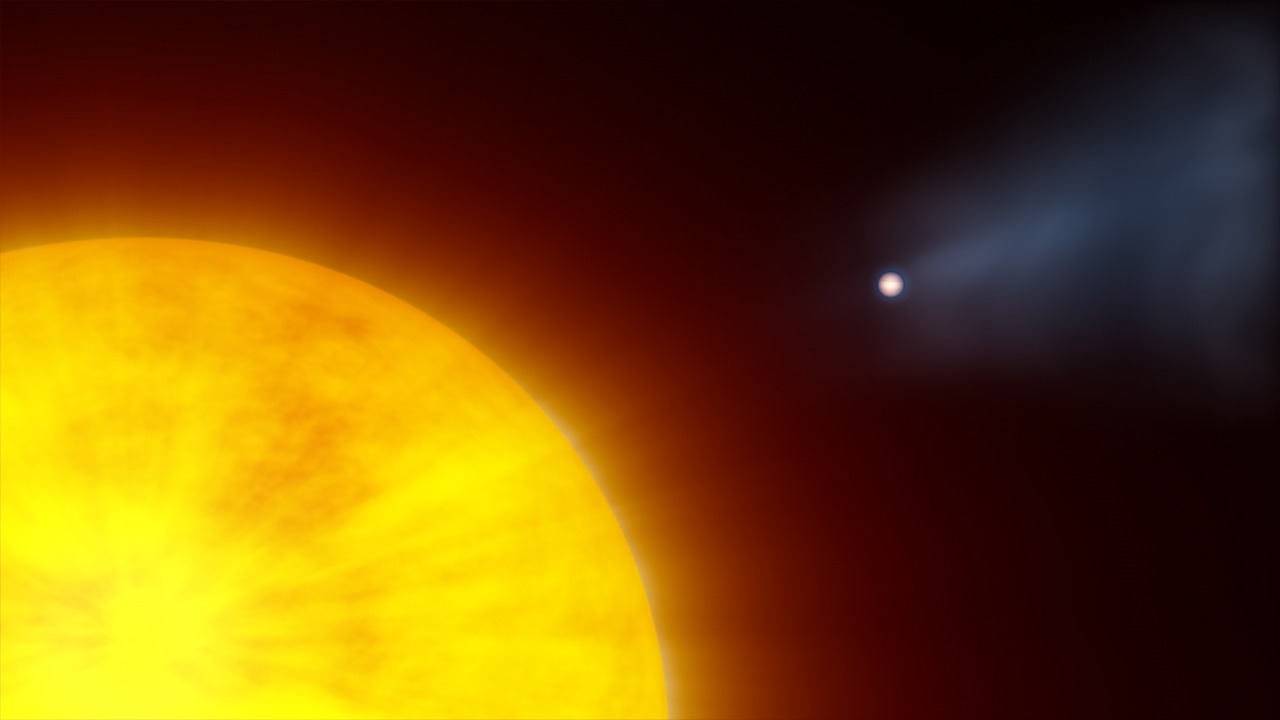
HD 189733b is infamous for its fierce weather patterns, where winds blow at speeds of up to 5,400 miles per hour. The most striking feature is the rain of molten glass that falls sideways due to the strong winds. This blue exoplanet, located 64 light-years away, is not only beautiful but also deadly, as the glass shards would shred anything in their path.
With temperatures averaging around 1,700 degrees Fahrenheit, any notion of survival on HD 189733b is purely fantastical. The planet’s atmosphere is a mix of hydrogen and silicate particles, contributing to its vibrant color and hostile environment.
Kepler-70b: The Scorched Planet
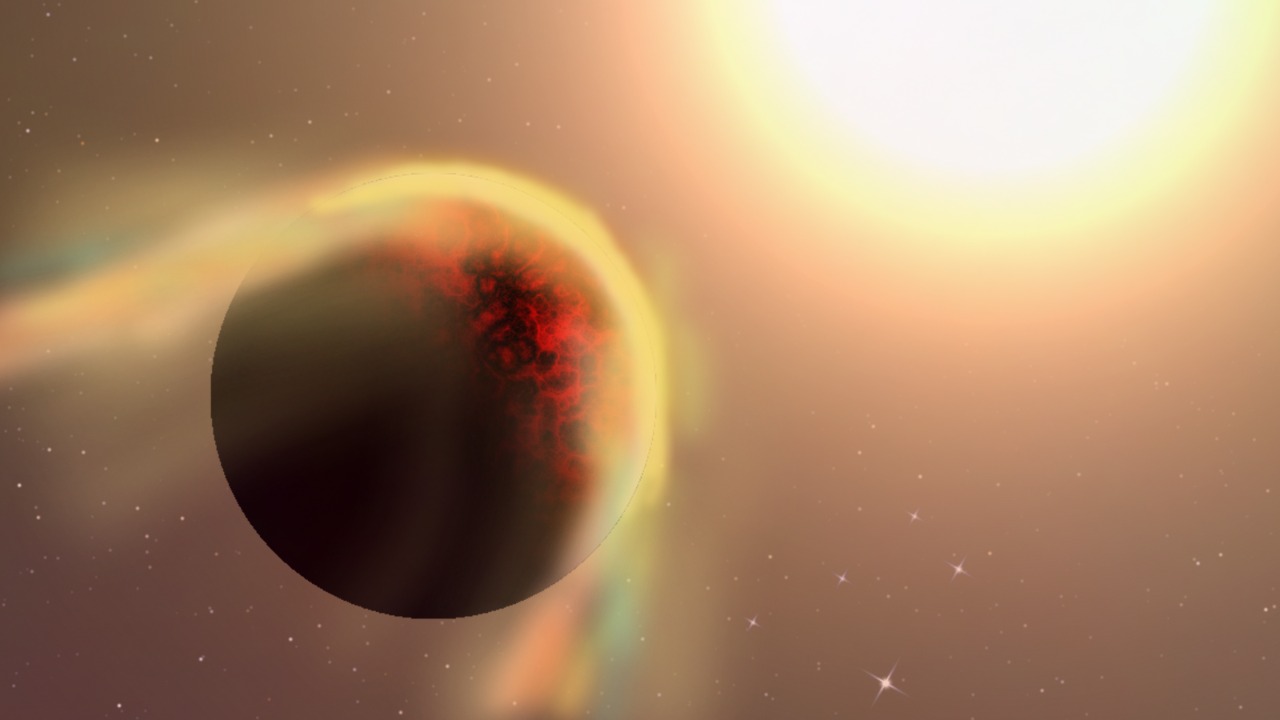
Kepler-70b orbits a star that was once a red giant and now is a hot subdwarf, making this one of the most fiercely hot planets discovered. With surface temperatures reaching a blistering 12,000 degrees Fahrenheit, it’s hotter than some stars. This exoplanet is only 0.01 AU from its host star, causing it to be incredibly scorched.
The planet’s proximity to its star and the intense heat result in an environment where iron and rocks vaporize, making survival impossible. Discover more about this remarkable exoplanet and its extreme conditions.
WASP-121b: The Metal Atmosphere Giant
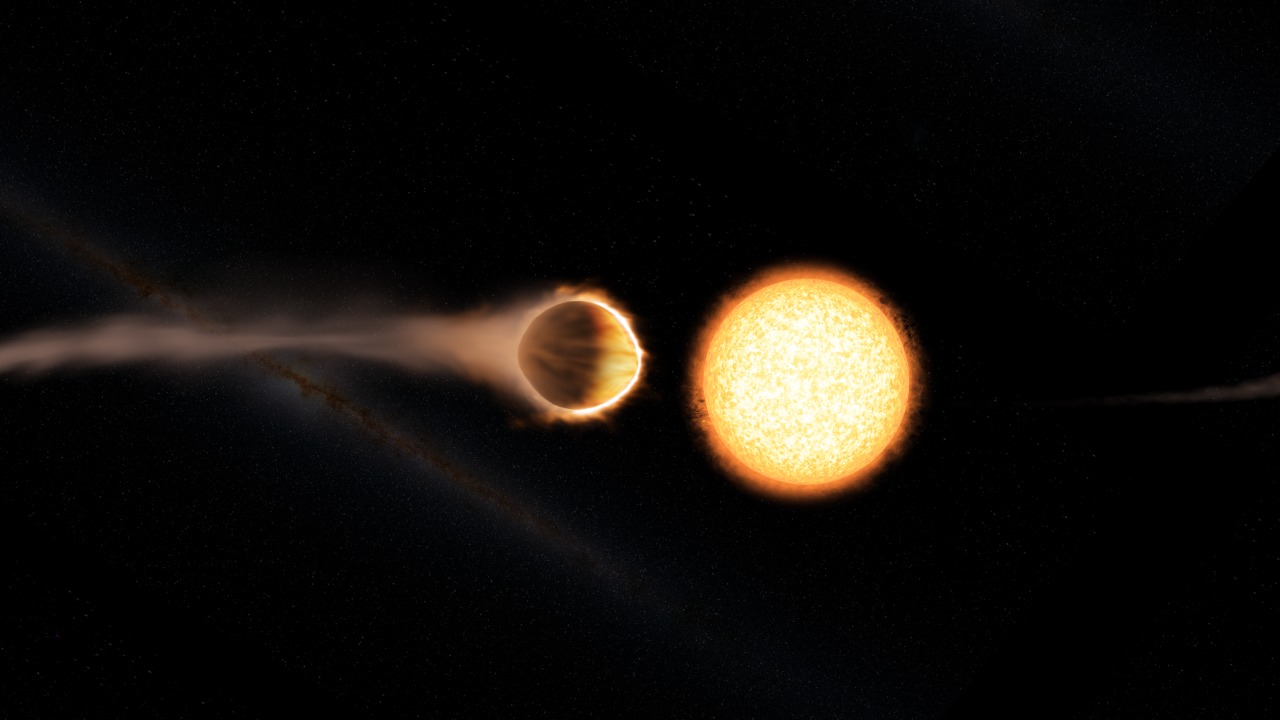
WASP-121b is a gas giant known for its metal-rich atmosphere. Located 880 light-years away, it orbits its star so closely that the upper atmosphere reaches temperatures high enough to boil metals like iron and magnesium, causing them to escape into space.
This exoplanet’s extreme proximity to its star means its dayside temperature exceeds 4,600 degrees Fahrenheit. The intense heat causes atmospheric phenomena unlike anything seen on Earth, contributing to its categorization as a place where survival is nonviable.
CoRoT-7b: The Magma Ocean Planet

CoRoT-7b is a rocky planet with a surface dominated by vast oceans of lava. Situated 489 light-years away, it experiences extreme heat due to its close orbit around its star, resulting in surface temperatures around 4,200 degrees Fahrenheit.
This exoplanet’s harsh conditions include constant volcanic activity and a molten landscape, making it a hellish environment. The constant evaporation and reformation of rock rain in its atmosphere further illustrate the unforgiving nature of CoRoT-7b.
55 Cancri e: The Hellish Diamond Planet

55 Cancri e is often referred to as the “diamond planet” due to its carbon-rich composition, where high pressure might turn its interior into diamond. However, it’s also a hellish world with surface temperatures exceeding 3,900 degrees Fahrenheit.
The extreme heat, coupled with high amounts of radiation from its nearby star, creates an environment unsuitable for life as we know it. Its unique composition and conditions make it an intriguing but deadly destination.
Gliese 436b: The Flaming Ice World
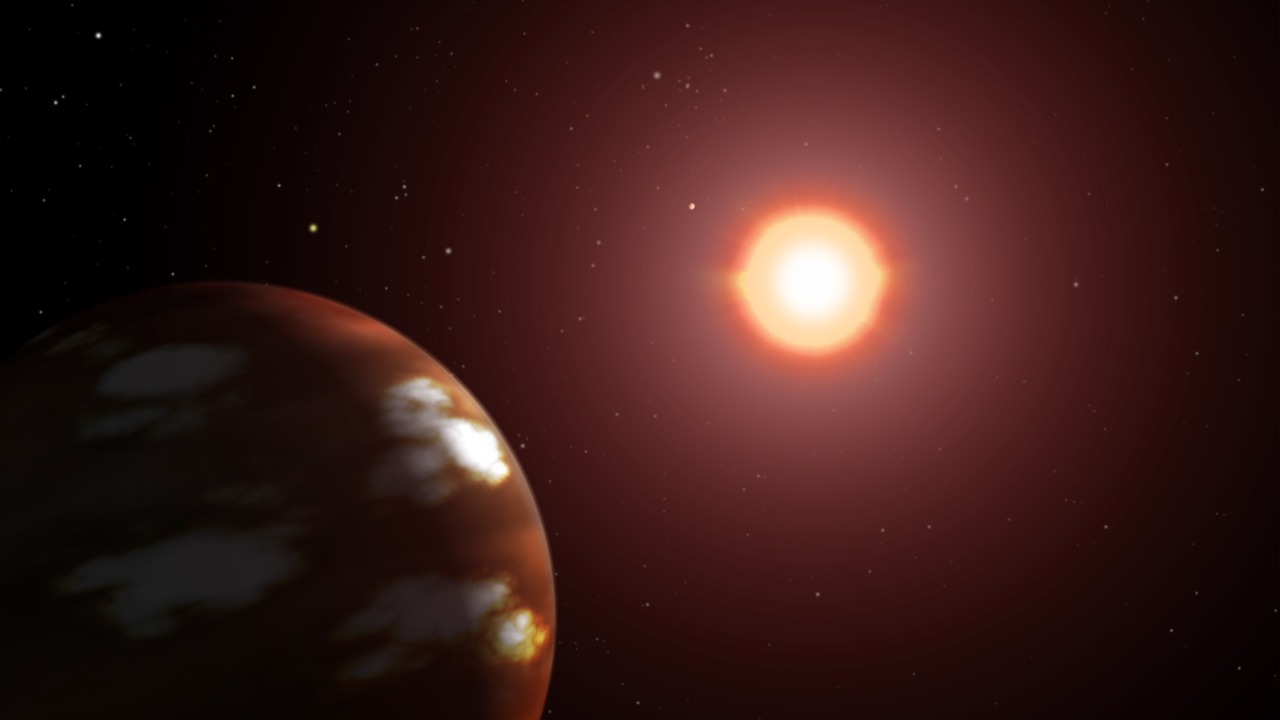
Gliese 436b defies expectations with its bizarre composition of hot ice. Despite surface temperatures of about 800 degrees Fahrenheit, the water remains solid due to intense gravitational pressure, creating a paradoxical world of flaming ice.
This exoplanet, located 30 light-years away, challenges our understanding of physics and chemistry. The unusual properties of Gliese 436b make it inhospitable, with survival odds being virtually zero.
WASP-12b: The Devourer of Light
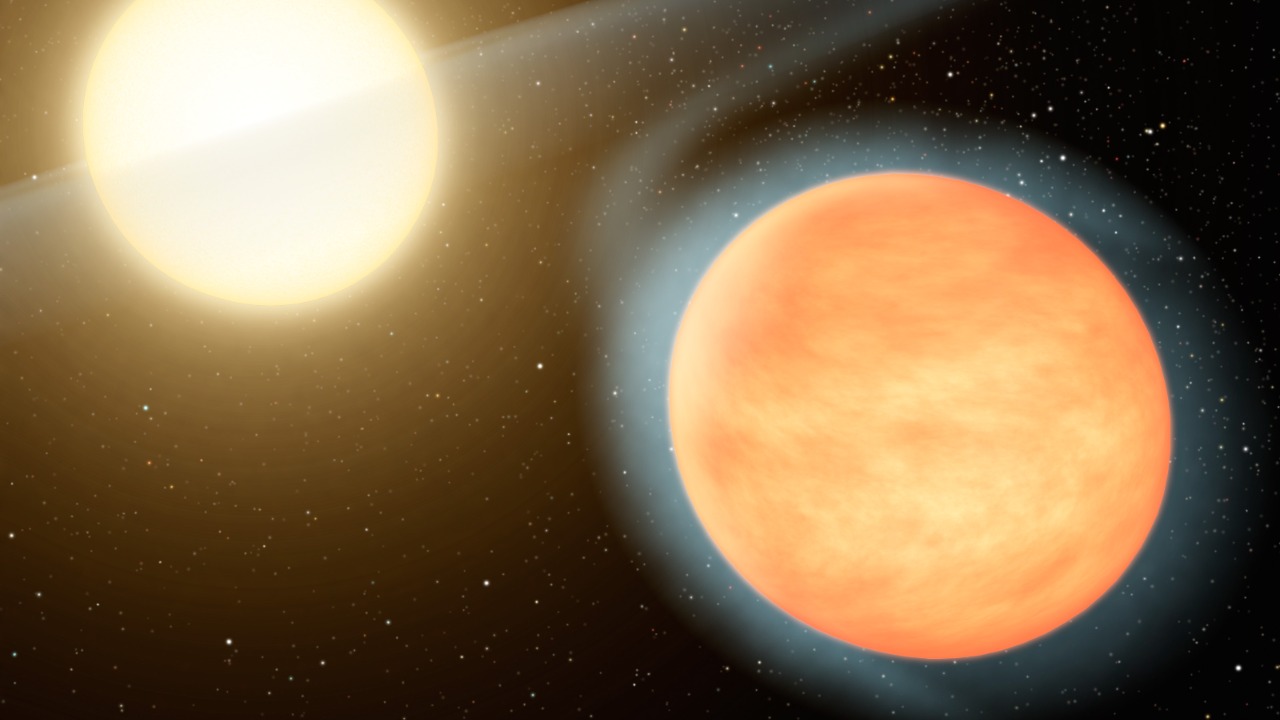
WASP-12b is notorious for its extreme darkness, absorbing almost all light that hits it. This gas giant reflects less than 0.1% of the light, earning its name as the “dark planet.” Its dayside temperature reaches an oppressive 4,000 degrees Fahrenheit.
planet’s atmosphere is being stripped away by its host star, contributing to its dark appearance and hostile conditions. WASP-12b’s mysterious nature makes it an intriguing yet perilous place.
Kepler-10b: The Lava Lake Surface
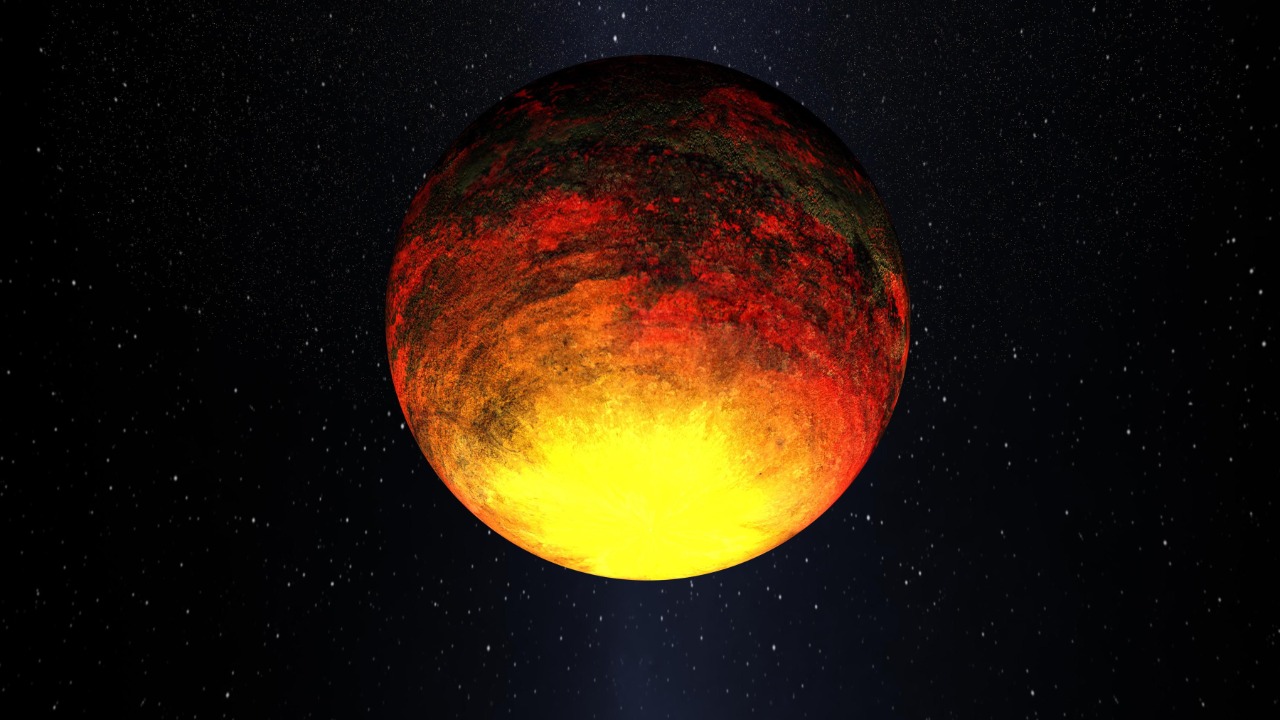
Kepler-10b, one of the first rocky exoplanets discovered by the Kepler mission, features a surface dominated by lava lakes due to its close proximity to its star. Temperatures soar to 2,500 degrees Fahrenheit, making it a fiery, inhospitable world.
This exoplanet’s constant exposure to intense stellar radiation and extreme heat eliminates any chance of habitability. Its hostile surface is a testament to the challenging conditions present on many exoplanets.
TrES-2b: The Darkest Known Exoplanet
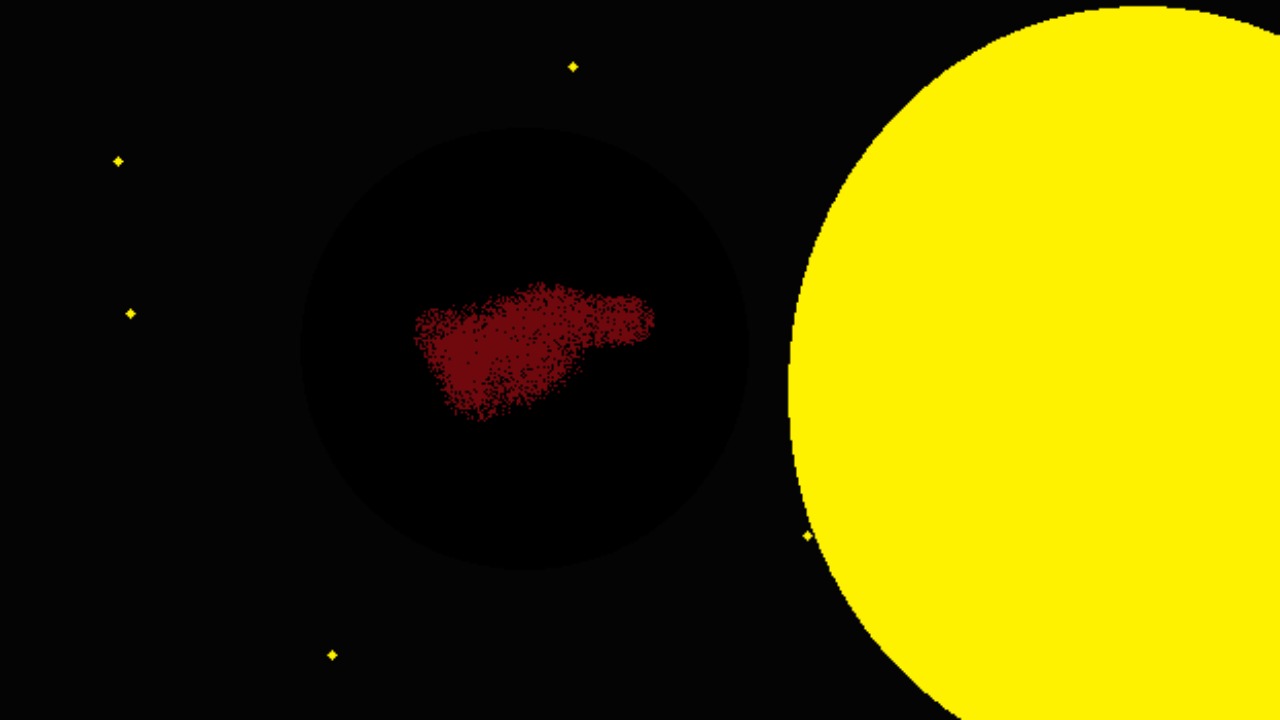
TrES-2b is known for being the darkest exoplanet, reflecting less than 1% of sunlight. This gas giant, located about 750 light-years away, has a pitch-black surface that absorbs light, making it darker than coal.
The planet’s temperature exceeds 1,800 degrees Fahrenheit, with intense light absorption contributing to its extreme heat. TrES-2b’s eerie darkness and harsh conditions make it an unlikely candidate for survival.
OGLE-2005-BLG-390Lb: The Frozen Wasteland
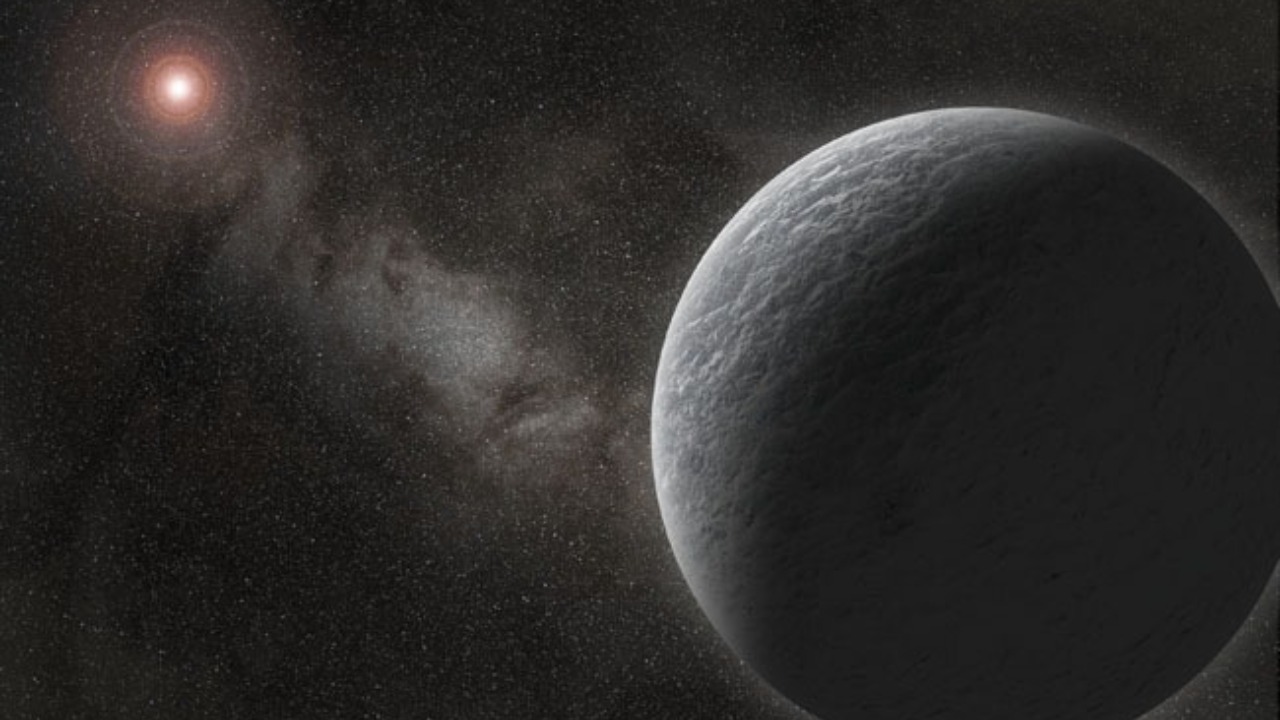
OGLE-2005-BLG-390Lb is aptly named the “frozen wasteland.” Located 21,000 light-years away, this exoplanet is an icy world with temperatures plummeting to -370 degrees Fahrenheit.
Orbiting far from its host star, it lacks the warmth necessary to support life. The extreme cold and distance from its star create a barren landscape, void of any potential for survival. More details about this frigid world can be found in scientific studies.